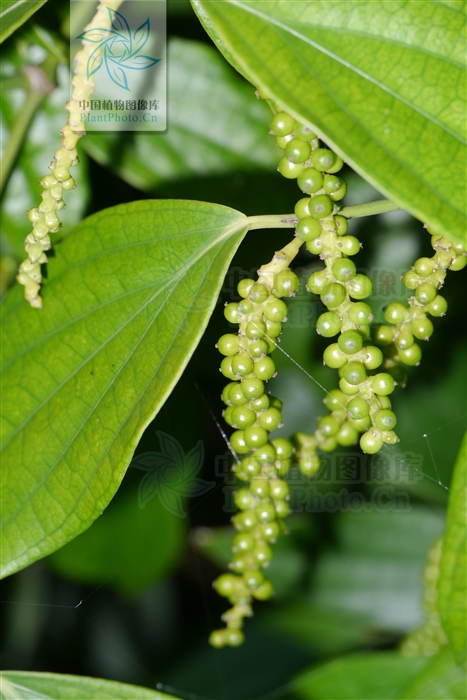 Description
Description
Piper nigrum (Black pepper) is a perennial, woody climbing vine. It belongs to the family Piperaceae. Originating in the humid, tropical evergreen forests of the Western Ghats of South India, black pepper is now cultivated in most tropical and subtropical regions, with production primarily in Vietnam, Indonesia, Brazil, India, Sri Lanka, China, Malaysia and Cambodia. In addition to being a common culinary spice and a preservative for meat products, black pepper has been widely used in traditional medicinal systems, such as the Indian Ayurvedic system, traditional Chinese medicine and folklore medicines of Latin America and Southeast Asia. Piperine possesses a range of pharmacological activities. It used as an antioxidant, antitumour, antimicrobial, antidepressive and anti-inflammatory agent.
- SUMMARY
-
Published journals
Nature Communications
-
Publish date
2019.10
-
Sequence Method
BioNano, PacBio, Illumina
-
Assembly Method
Canu, FALCON, BWA-MEM
-
Genome Size
761.22 Mb
-
Genome Coverage
275x
-
Scaffolds
45
-
Bioproject
PRJNA529758
-
Data
-
Reference url
 Reference
Reference
Hu, L., Xu, Z., Wang, M., Fan, R., Yuan, D., Wu, B., ... & Sim, S. (2019). The chromosome-scale reference genome of black pepper provides insight into piperine biosynthesis. Nature communications, 10(1), 1-11.
